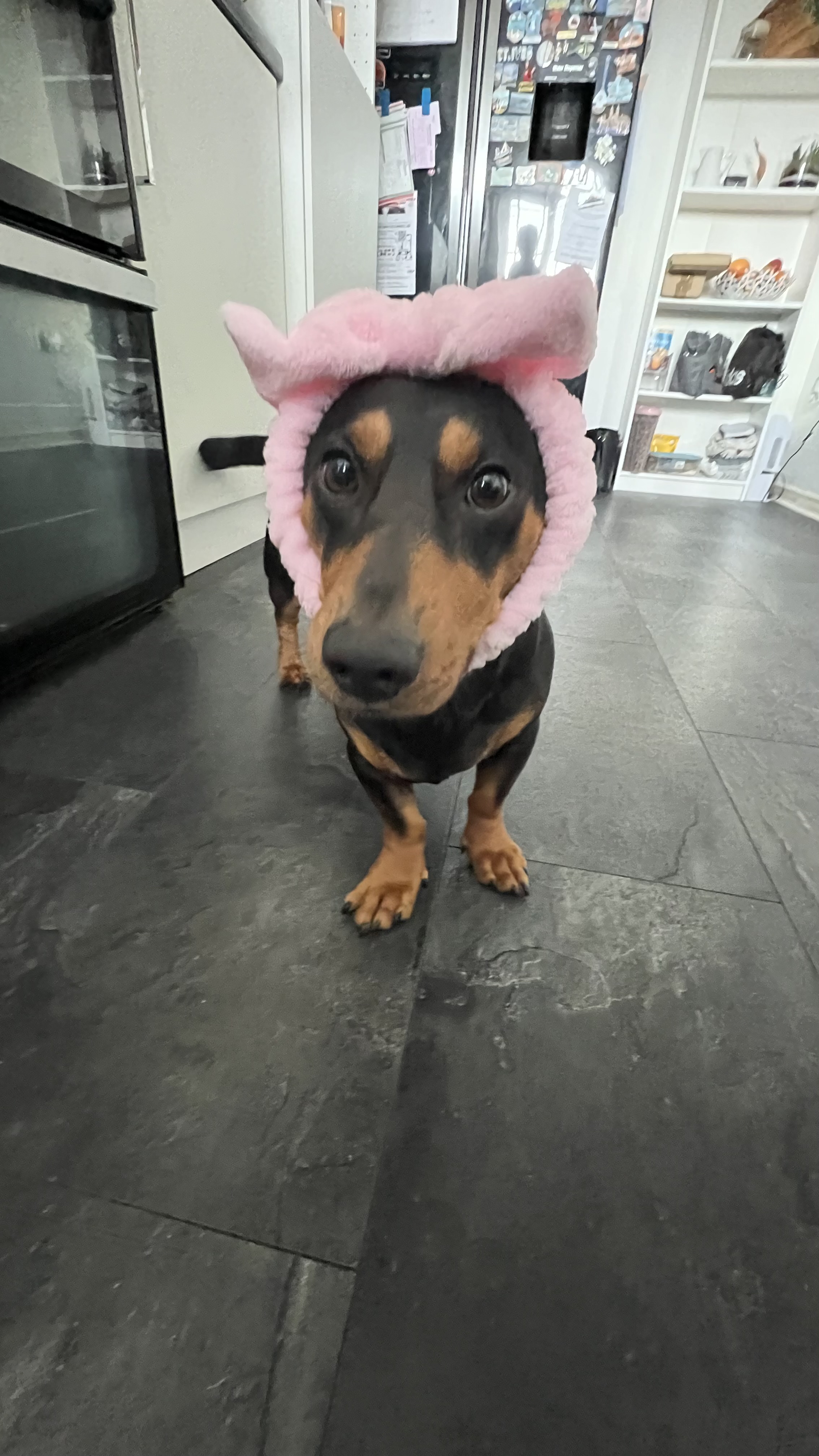organisation
Cards (48)
- tissuea group of similar cells that performs the same function
- organdifferent tissues working together to perform a function
- organ systemsa group of organs that work together in performing vital body functions
- catalysta substance, which increases the speed of a reaction without being changed or used up in the reaction
- lock and key modelthe model of the enzyme that shows the substrate fitting perfectly into the active site
- enzymes needoptimum temperate and pH, ot they denature
- carbohydratesstarch -> amylase -> maltose
- amylase locationsalivary glands, pancreas, small intestine
- proteaseprotein -> protease -> amino acid
- protease locationstomach, pancreas, small intestine
- lipaselipid -> lipasse -> glycerol and fatty acid
- lipase locationpancreas and small intestine
- bilea substance produced in the liver that breaks up fat particles and neutralises stomach acid. enzymes work best in alkaline conditions
- liver producesbile
- gall bladder storesbile
- large intestine absorbsexcess water
- stomach produceshydrochloric acid which kills bacteria
- benadicts test
- test for carbohydrate
- water baths set to 75
- blue to green, yellow or brick red
- biurets tests for
- proteins
- blue to pink or purple
- iodine
- tests for starch
- orangey brown to blue black
- sudan III
- test for lipids
- separate into two layers, the top one being red
- lungs - alveoli
- air sacks for gas exchange
- large surface area
- large blood supply
- high to low concentration
- heart
- double secretary system
- contracts to pump blood around the body
- has a pacemaker, which is a group of cells in the right atrium
- red blood cells
- biconcave disc
- large surface area
- no nucleus
- contains haemogoblin
- white blood cells
- change shape
- phagocytes or produce anitbodies
- have a nucleus
- plateletsmall cell fragments that clot the blood, a lack of them can lead to excessive bleeding or brusing
- plasmayellow coloured liquids, that carries everything away
- arteriescarry blood away from the heard under high pressure
- veinsblood vessels that carry blood back to the heart under low pressure
- capillariesconnect veins to arteries they are one cell thick and have permeable walls
- stentskeep coronary arteries open and supply the heart with blood. the arteries get blocked by fatty deposits which could lead to heart attack.
- satinsreduce cholesterol in the blood reducing the formation of fatty deposits
- satins advantages
- reduce risk of heart attack
- increase good cholesterol
- prevent other diseases
- satins disadvantages
- have to be taken regularly
- negative side-effects
- time to kick in
- artificial hearta pump designed to fit into the human chest cavity and perform the hearts function pumping blood around the body
- artificial heart advantagesless likely to be rejected
- artifical heart disadvantages
- not as effective as regular hearts
- requires major surgery
- can wear out
- patient has to take drugs to thin blood
- heart valvescan be replaced with human mammal or mechanical valves and its less drastic procedure than a heart transplant
- artificial bloodsalt solution, which can replace the blood it gives the patient enough time to produce more blood cells
- healtha state of complete physical, mental and social well-being and not merely the absence of disease infirmity
